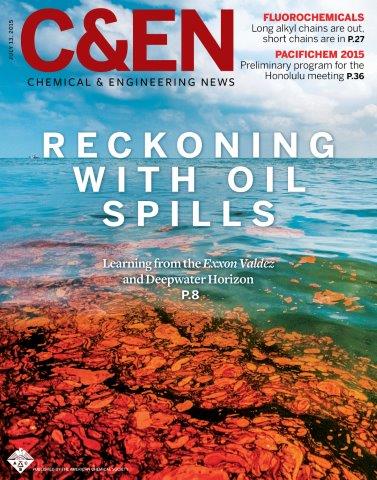FOR IMMEDIATE RELEASE
ACS News Service Weekly PressPac: July 15, 2015
Lessons learned from the Exxon Valdez and Deepwater Horizon oil spills
"Oil-Spill Lessons"
Chemical & Engineering News
Five years ago this week, engineers stopped the Deepwater Horizon (DWH) oil spill — the largest one in U.S. history, easily displacing the Exxon Valdez spill from the top spot. Now, Chemical & Engineering News (C&EN), the weekly newsmagazine of the American Chemical Society, takes a look at the lessons scientists are learning from these accidents to improve clean-up efforts and, perhaps, prevent spills altogether.
C&EN Senior Editor Jyllian Kemsley explains that although both spills were caused by human error, they each posed unique challenges. When the tanker Exxon Valdez ran aground, oil-spill plans were in place, but the equipment wasn’t nearby. Clean-up crews performed a few different methods, some of which may have caused even more harm. A critical first obstacle in the attempt to get a handle on the DWH spill was obtaining an accurate determination of the flow rate. Scientists finally came up with a solution, but that took valuable time. The most contentious issue with the DWH response was the use of dispersants to break up the oil. Dispersants themselves are toxic, and the best way to use them was unclear.
Oil-spill experts point out that the ideal approach to such an accident is to not have one in the first place. But barring that, preparedness is key, they say. And scientists have realized the importance of having baseline data on the ecology of areas near oil rigs and transport routes so they can tell exactly how the oil affects a region and its inhabitants should a spill occur. Scientists also can work with responders, helping them think through and come up with solutions to likely scenarios before they happen.


